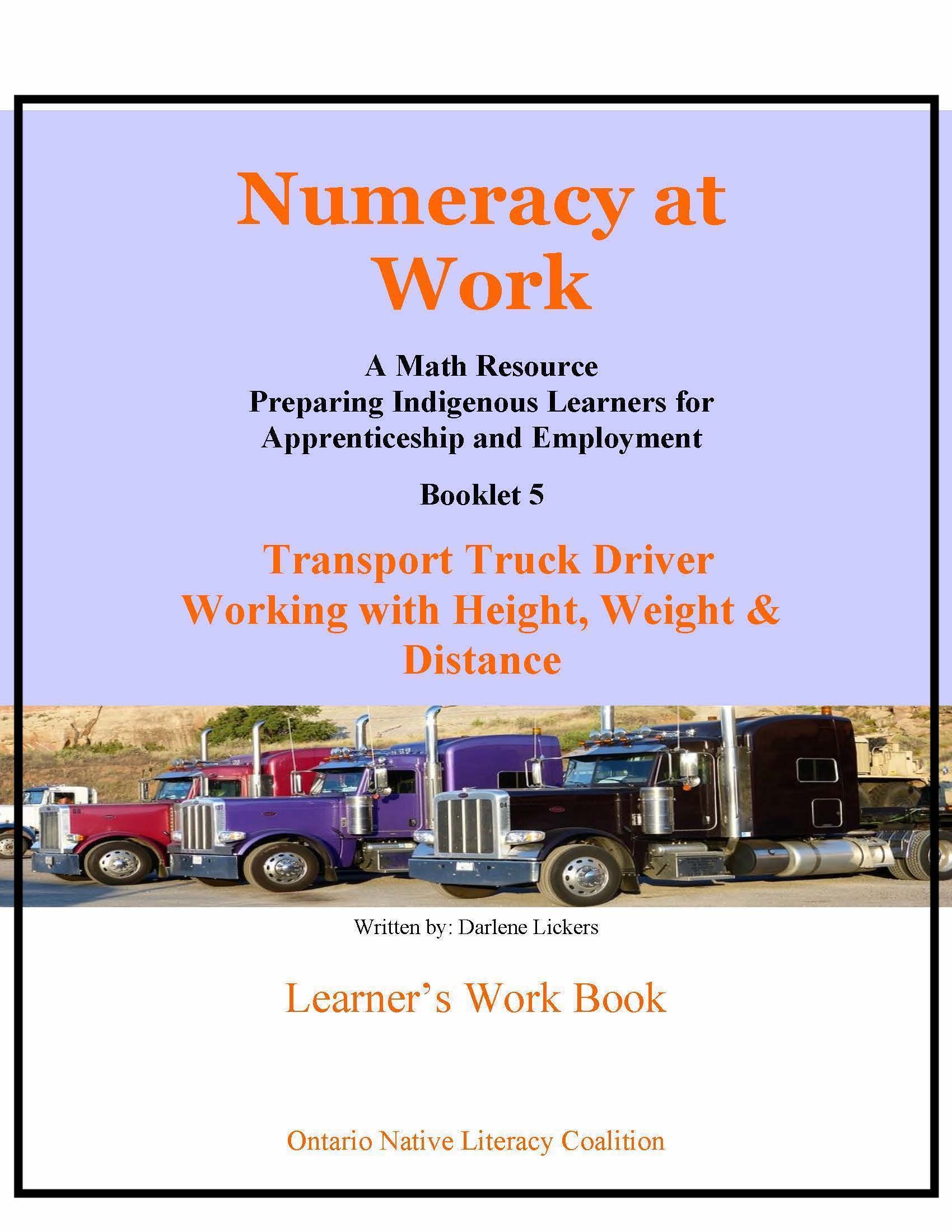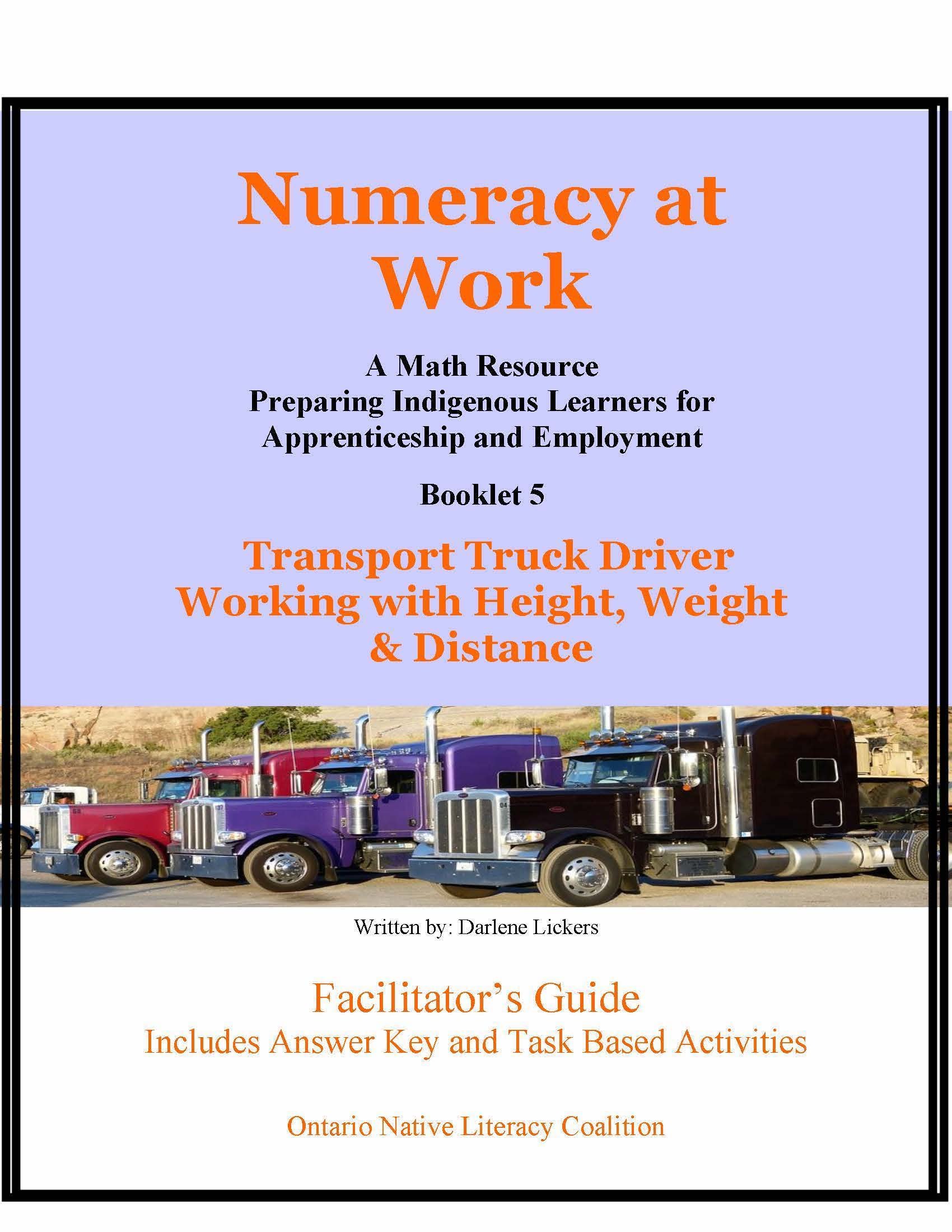Welder/Iron Working: Working with Area & Angles- Learner's Work Book
Preparing Indigenous learners for Apprenticeship and Employment
The booklets are designed for learners entering an apprenticeship program or preparing for the workforce. Learners are encouraged to complete a booklet in a career they are interested in or they could try all the booklets to investigate what careers interest them. Every booklet concentrates on math concepts and skills needed in a chosen career.
The OALCF are the guidelines used to establish math concepts and skills at Level 1 and Level 2, as some career paths are more advanced learning of math concepts.
Booklet 7
Numeracy at Work: Welder/Iron Working- Working with Area & Angles
Learner’s Workbook
The construction industry is one that demands a high degree of accuracy and precision. Calculating or measuring area and angles are a crucial math skill that can help welders and iron workers immensely. The primary math skill will be using a variety of measurement tools to ensure work is both accurate and precise. You will measure temperature, angles, lengths, perimeters and area of workspaces and materials.
Lessons included in this booklet are:
Understanding and Using Measurement Tools
Measuring the Length of Objects
How to use a Protractor
Measuring Temperature
Properties of Area, Perimeter and Angles
The Properties of Angles in Common Shapes
Calculating Surface Area, and Perimeter of Common Shapes
Utilizing Properties of Shapes
Calculating Dimensions using Formulas
Calculating the Area and Perimeter of Circles
Calculating Missing Information and Practical Applications
Utilizing Formulas, Angles, Skills and Knowledge
Nine activities and Area and Angles test
This Learner’s Work Book accompanies the Numeracy at Work: Welder/Iron Working – Working with Area & Angles- Facilitator’s Guide
Preparing Indigenous learners for Apprenticeship and Employment
The booklets are designed for learners entering an apprenticeship program or preparing for the workforce. Learners are encouraged to complete a booklet in a career they are interested in or they could try all the booklets to investigate what careers interest them. Every booklet concentrates on math concepts and skills needed in a chosen career.
The OALCF are the guidelines used to establish math concepts and skills at Level 1 and Level 2, as some career paths are more advanced learning of math concepts.
Booklet 7
Numeracy at Work: Welder/Iron Working- Working with Area & Angles
Learner’s Workbook
The construction industry is one that demands a high degree of accuracy and precision. Calculating or measuring area and angles are a crucial math skill that can help welders and iron workers immensely. The primary math skill will be using a variety of measurement tools to ensure work is both accurate and precise. You will measure temperature, angles, lengths, perimeters and area of workspaces and materials.
Lessons included in this booklet are:
Understanding and Using Measurement Tools
Measuring the Length of Objects
How to use a Protractor
Measuring Temperature
Properties of Area, Perimeter and Angles
The Properties of Angles in Common Shapes
Calculating Surface Area, and Perimeter of Common Shapes
Utilizing Properties of Shapes
Calculating Dimensions using Formulas
Calculating the Area and Perimeter of Circles
Calculating Missing Information and Practical Applications
Utilizing Formulas, Angles, Skills and Knowledge
Nine activities and Area and Angles test
This Learner’s Work Book accompanies the Numeracy at Work: Welder/Iron Working – Working with Area & Angles- Facilitator’s Guide
Preparing Indigenous learners for Apprenticeship and Employment
The booklets are designed for learners entering an apprenticeship program or preparing for the workforce. Learners are encouraged to complete a booklet in a career they are interested in or they could try all the booklets to investigate what careers interest them. Every booklet concentrates on math concepts and skills needed in a chosen career.
The OALCF are the guidelines used to establish math concepts and skills at Level 1 and Level 2, as some career paths are more advanced learning of math concepts.
Booklet 7
Numeracy at Work: Welder/Iron Working- Working with Area & Angles
Learner’s Workbook
The construction industry is one that demands a high degree of accuracy and precision. Calculating or measuring area and angles are a crucial math skill that can help welders and iron workers immensely. The primary math skill will be using a variety of measurement tools to ensure work is both accurate and precise. You will measure temperature, angles, lengths, perimeters and area of workspaces and materials.
Lessons included in this booklet are:
Understanding and Using Measurement Tools
Measuring the Length of Objects
How to use a Protractor
Measuring Temperature
Properties of Area, Perimeter and Angles
The Properties of Angles in Common Shapes
Calculating Surface Area, and Perimeter of Common Shapes
Utilizing Properties of Shapes
Calculating Dimensions using Formulas
Calculating the Area and Perimeter of Circles
Calculating Missing Information and Practical Applications
Utilizing Formulas, Angles, Skills and Knowledge
Nine activities and Area and Angles test
This Learner’s Work Book accompanies the Numeracy at Work: Welder/Iron Working – Working with Area & Angles- Facilitator’s Guide






